New algorithm detects DNA insertions and deletions
A new algorithm accurately detects large DNA insertions and deletions in the protein-coding regions of the genome.
From funding decisions to scientific fraud, a wide range of societal factors shape autism research.

A new algorithm accurately detects large DNA insertions and deletions in the protein-coding regions of the genome.
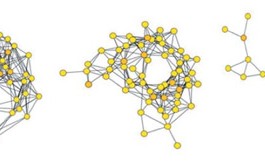
A brain hub responsible for higher-order tasks may be overly connected in autism and thinly connected in attention deficit hyperactivity disorder.
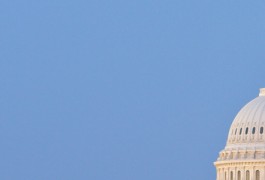
The presenters for this year’s Autism Research Social at SfN have been selected. If you’ll be at conference, please join us 17 November for an evening of food, conversation and new data.

News stories about autism in China are becoming more common, but tend to skimp on scientific facts, reports a study of five leading daily newspapers.
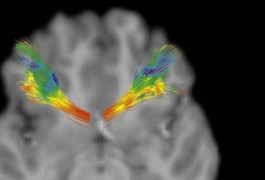
A new technique helps researchers trace the nerve fibers that connect brain regions by revealing how the fibers physically relate to curves and folds on the brain’s surface. The method was described 8 July in Medical Image Analysis.

As they age, children with fragile X syndrome may become worse at adapting to change, according to a study published 28 July in Pediatrics.
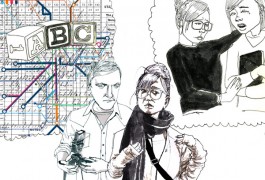
The controversial theory that characterizes autism as the result of an ‘extreme male brain’ gets fresh support from a large new survey, but critics are skeptical.
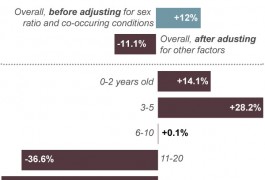
Children with autism often appear to be clumsy, but in fact the disorder may protect them from injury, suggests a study published in the July-August issue of Academic Pediatrics.
New estimates on the role of common mutations in autism raise questions about how to quantify and parse genetic risk. Three experts say both common and rare variants are worth pursuing.
Researchers have developed a set of software tools called Thunder that can find meaningful patterns in large-scale data on brain activity.